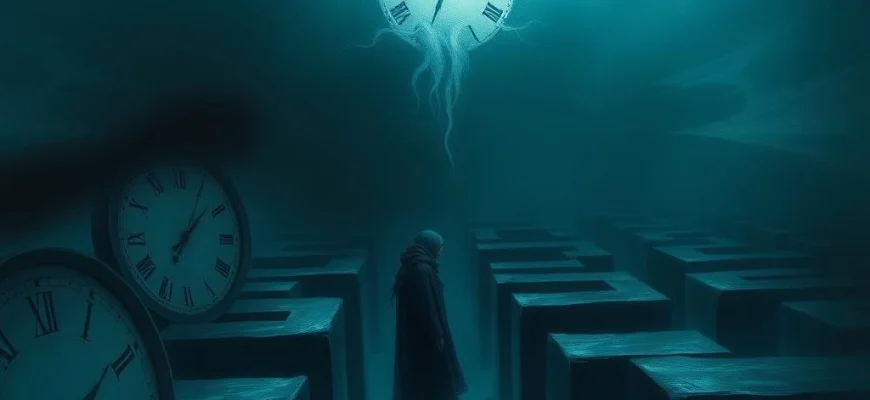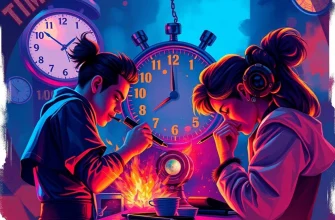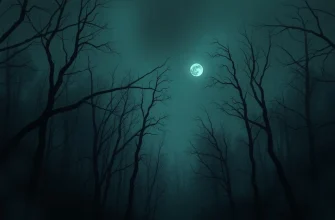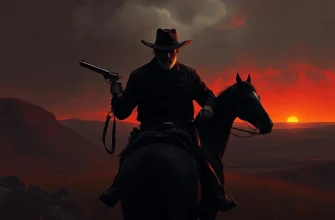If you were captivated by the surreal and haunting atmosphere of 'Sunk into the Womb' (2013), you're in for a treat. This article explores 10 similarly mesmerizing movies and shows that delve into psychological depth, eerie visuals, and thought-provoking narratives. Whether you're a fan of experimental cinema or crave stories that challenge reality, these picks will keep you enthralled.
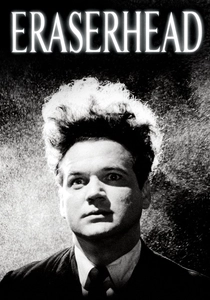
Eraserhead (1977)
Description: A surreal and nightmarish exploration of parenthood, identity, and the human body, with a distinctive black-and-white visual style and unsettling sound design.
Fact: David Lynch worked on the film for five years, often shooting scenes late at night. The baby prop used in the film was made from a cow's fetus.
 Watch Now
Watch Now 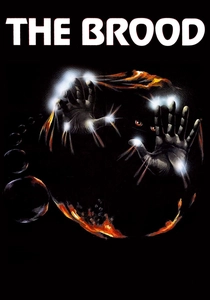
The Brood (1979)
Description: A psychological horror film that delves into themes of repressed trauma and physical manifestation of emotional pain, with disturbing and surreal imagery.
Fact: The film was inspired by David Cronenberg's own experiences with divorce and custody battles. It features one of the most shocking endings in horror cinema.
 Watch Now
Watch Now 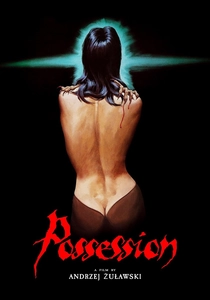
Possession (1981)
Description: A deeply unsettling film that blends psychological horror with body horror, featuring intense performances and surreal, nightmarish visuals.
Fact: The film was banned in several countries upon its release due to its extreme content. It won the Best Actress award at the Cannes Film Festival for Isabelle Adjani's performance.
 Watch Now
Watch Now 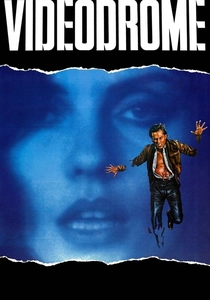
Videodrome (1983)
Description: A body horror film that explores the merging of technology and human flesh, with surreal and grotesque imagery that challenges the boundaries of reality.
Fact: The film's special effects were created by Rick Baker, who won an Oscar for his work on 'An American Werewolf in London.' It was initially banned in several countries for its graphic content.
 Watch Now
Watch Now 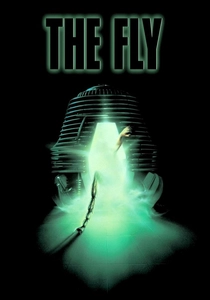
The Fly (1986)
Description: A body horror film that explores themes of transformation and decay, with grotesque and visceral special effects that highlight the fragility of the human body.
Fact: The film's makeup effects took over five hours to apply each day. It won the Academy Award for Best Makeup.
 Watch Now
Watch Now 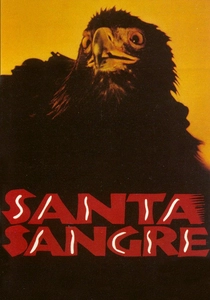
Santa Sangre (1989)
Description: A surreal and visually stunning film that explores themes of trauma, memory, and the grotesque, with a dreamlike narrative and striking imagery.
Fact: The film was shot in Mexico and features a mix of Spanish and English dialogue. It has been cited as an influence by directors like Guillermo del Toro and Quentin Tarantino.
 Watch Now
Watch Now 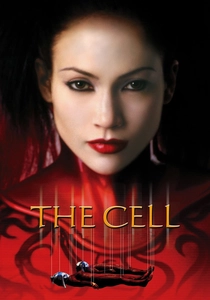
The Cell (2000)
Description: A visually stunning and disturbing journey into the mind of a serial killer, featuring surreal and nightmarish dream sequences that blur the line between reality and fantasy.
Fact: The film's dream sequences were inspired by the works of artists like Damien Hirst and the Brothers Quay. It was one of the first films to use extensive digital color grading.
 Watch Now
Watch Now 
The Skin I Live In (2011)
Description: A psychological thriller that delves into themes of identity, transformation, and the blurring of human boundaries, often with a disturbing and surreal visual style.
Fact: The film is loosely based on the novel 'Tarantula' by Thierry Jonquet. It was Spain's official submission for the Best Foreign Language Film at the 84th Academy Awards.
 Watch Now
Watch Now 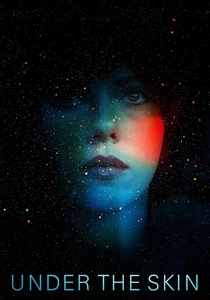
Under the Skin (2013)
Description: Explores the human body and identity through an eerie, atmospheric lens, with a focus on surreal and unsettling imagery that challenges perceptions of reality.
Fact: Scarlett Johansson wore a hidden camera to film scenes with non-actors who were unaware they were being filmed. The film's score was composed by Mica Levi, known for its haunting and unconventional sound.
 Watch Now
Watch Now 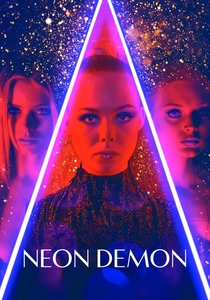
The Neon Demon (2016)
Description: A visually striking and disturbing exploration of beauty, obsession, and transformation, featuring surreal and nightmarish sequences.
Fact: The film's color palette was inspired by the work of photographer Guy Bourdin. It premiered at the Cannes Film Festival, where it received both boos and applause.
 Watch Now
Watch Now 
